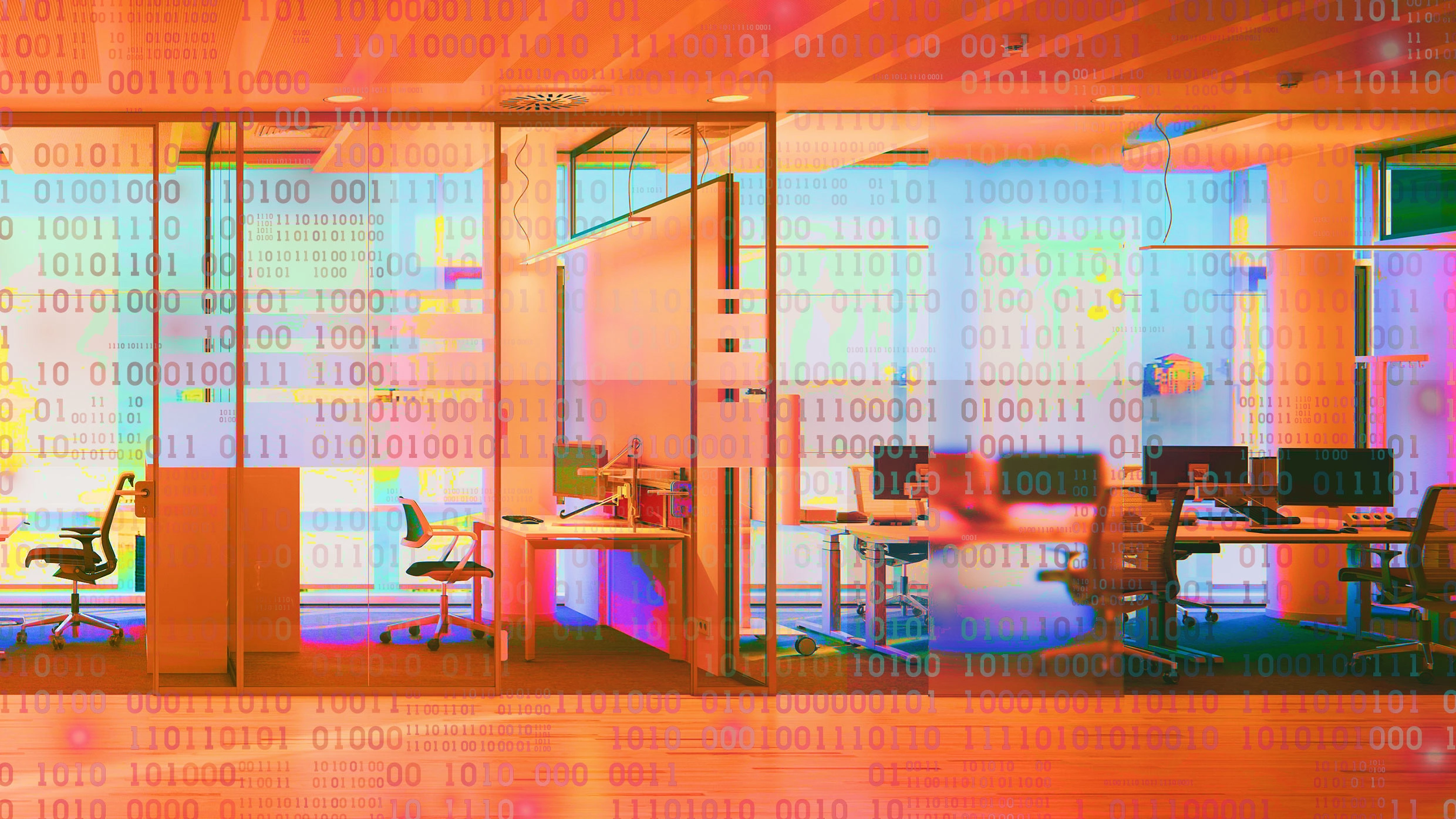
"For years, we filled our calendars, stayed visible, and kept the machine moving. Our worth was measured in hours, output, and presence. It had to be. Humans were the system, and the system required us to keep it running. We didn't question it because that was how things got done. AI has changed that. It can now do many of the things we once did to keep things moving: the summaries, the reports, the follow-ups, the updates, the spreadsheets."
"Now we get to hand that part over. We can give the robotic work to the robots and return to the human work. The work of thinking, deciding, designing, and connecting. For one, it means our conversations are changing. When the noise quiets, the meetings sound different. There's more space to ask better questions. We can finally talk about what matters: What is the business really trying to accomplish? What's next? What do we need to build the product, craft the strategy, organize the team."
For years, people filled calendars, stayed visible, and kept machines moving, with worth measured by hours, output, and presence. AI now performs many tasks once required to keep work moving: summaries, reports, follow-ups, updates, and spreadsheets. Routine, mechanical activities can be handed to machines, freeing people to focus on thinking, deciding, designing, and connecting. Meetings become quieter and more purposeful, creating space to ask better questions about business goals, product direction, strategy, and team organization. When repetitive work subsides, people bring curiosity, honesty, and new collaboration, while organizations occupy different stages of AI adoption.
Read at Fast Company
Unable to calculate read time
Collection
[
|
...
]